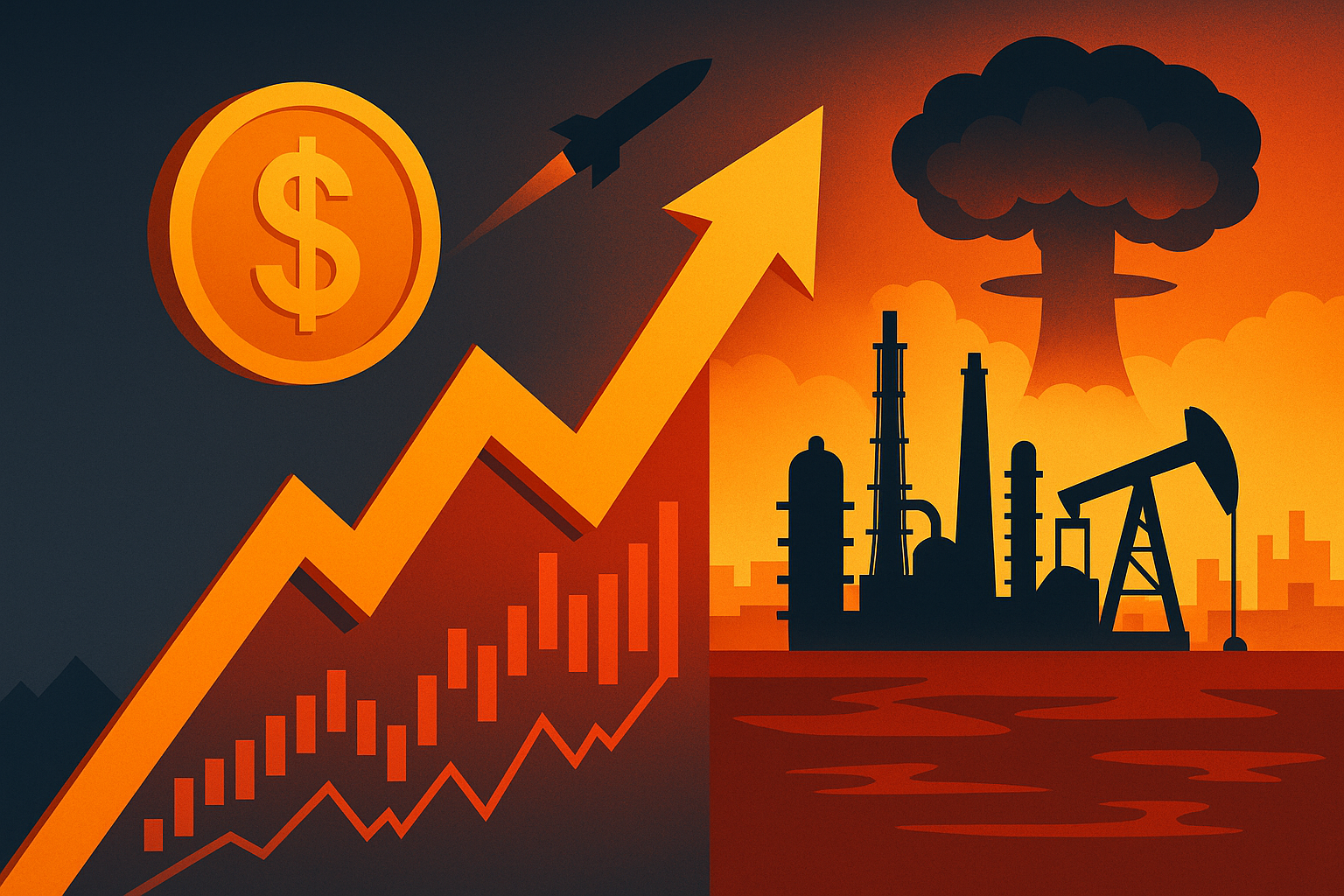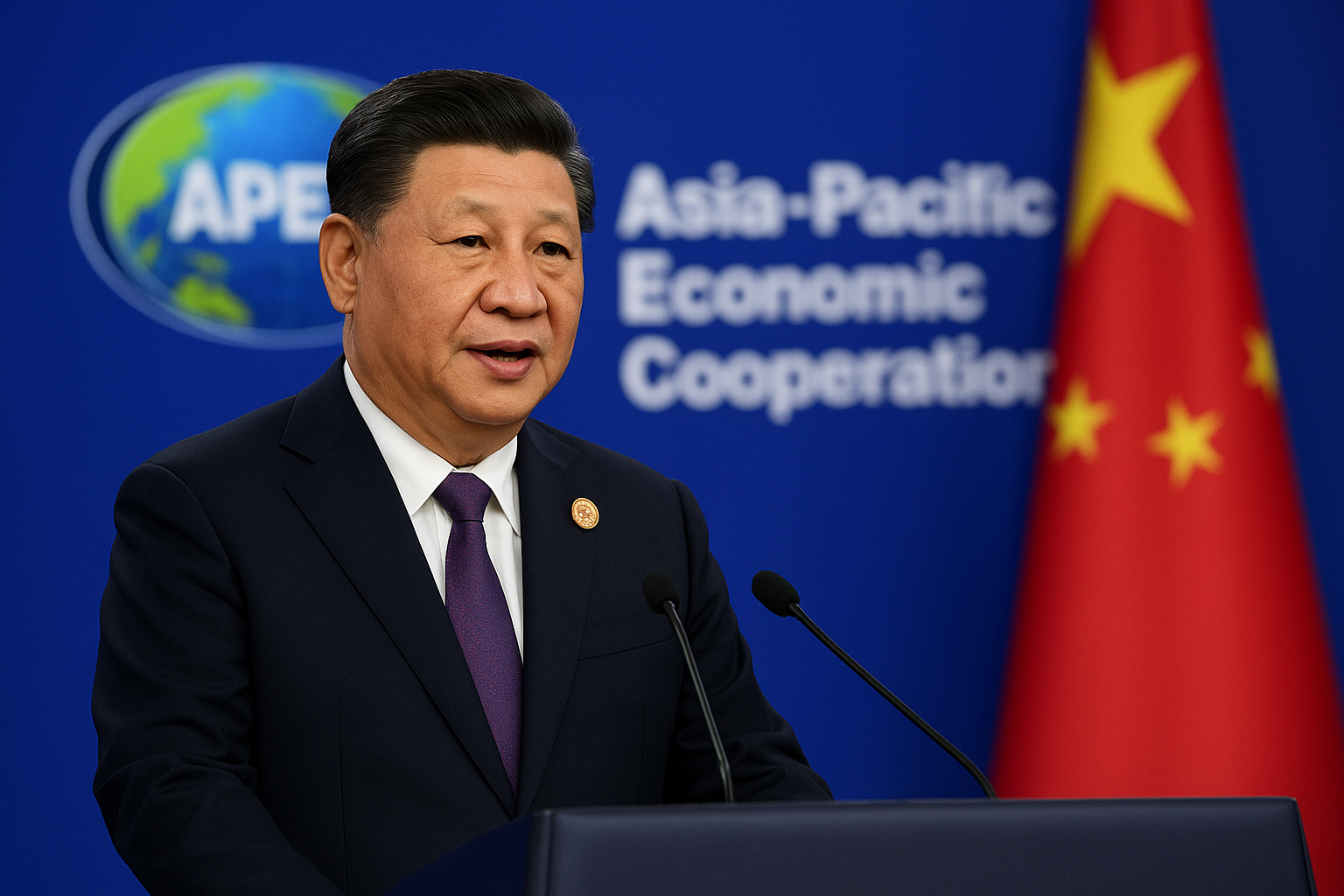Markets opened the week with measured optimism as U.S. stock futures rose modestly on Monday, showing resilience in the face of fresh geopolitical tensions. The cautious rally follows weekend airstrikes by U.S. forces on Iranian targets, which initially stirred investor anxiety but have since been digested by the broader market. The S&P 500 remains approximately 3% below its all-time high, while Dow and Nasdaq futures edged up 0.2% and 0.3%, respectively, in early trading.
Even as headlines spotlighted Middle East volatility, the market reaction was muted—suggesting that investors see the conflict as contained rather than systemic. Meanwhile, energy and defense sectors emerged as early beneficiaries, with oil prices climbing and shares of major defense contractors trending higher pre-market.
Geopolitical Tensions Meet a Resilient Market
This latest uptick in futures comes amid a complex backdrop of macroeconomic uncertainty, inflation moderation, and central bank recalibration. But the immediate focus has turned to foreign policy after U.S. strikes in Iran over the weekend sparked concerns about potential disruptions in oil supply routes, particularly around the Strait of Hormuz—a chokepoint for nearly 20% of global oil trade.
Despite the threat of escalation, the CBOE Volatility Index (VIX) barely budged, closing below 14 on Friday and signaling investor calm heading into the new week. Meanwhile, WTI crude briefly touched $81/barrel, giving a lift to oil majors like ExxonMobil (XOM) and Chevron (CVX).
Defense stocks also gained traction, with Lockheed Martin (LMT), Northrop Grumman (NOC), and Raytheon (RTX) among the early risers on the back of defense spending expectations.
A Reuters report noted that while investors are pricing in some risk premium, there’s a consensus that the incident is unlikely to shift central bank policy or long-term market trajectory unless conflict intensifies.
Why This Matters for Investors
The modest gains in Wall Street futures—despite the geopolitics—highlight a critical dynamic: the market has grown increasingly adept at absorbing geopolitical shocks, particularly when underlying economic fundamentals remain intact.
Investors appear to be positioning more tactically: rotating into defensive sectors like energy, industrials, and aerospace, while staying on the sidelines with higher-beta growth plays.
With second-quarter earnings season approaching, and the Federal Reserve set to speak later this week, investors are balancing geopolitical risks with potential policy clarity on rate cuts later this year.
According to Investopedia, analysts are still broadly constructive on equities, noting that earnings growth in the tech and industrial sectors continues to surprise to the upside, even in a higher-for-longer interest rate environment.
Future Trends to Watch
- Energy Market Volatility: Brent and WTI prices remain in focus. If tensions escalate and impact oil shipments, expect upward pressure on prices, fueling gains in oil and gas stocks.
- Defense Spending Tailwinds: With defense budgets globally trending higher, companies in this space may continue to outperform—particularly those aligned with NATO and U.S. contracts.
- Economic Data and Fed Commentary: Key PMI data, housing starts, and upcoming speeches from Fed officials will serve as the next potential catalysts for broader market movement.
- Volatility Indicators: Keep an eye on the VIX. A sustained rise could indicate that markets are becoming more sensitive to global risk factors.
Key Investment Insight
Short-term market behavior signals confidence—but not complacency. The rotation into energy and defense highlights a nuanced investor mindset: hedge against global risk while keeping dry powder for potential Fed dovishness or earnings surprises.
For portfolio positioning, this means watching sectors like aerospace & defense ETFs (e.g., ITA), large-cap oil producers, and industrials with global exposure. Conversely, remain cautious on high-multiple tech and small-cap growth until macro clarity improves.
Markets may be treading lightly—but they’re not standing still. For deeper context and forward-looking analysis on what’s shaping capital flows, keep MoneyNews.Today on your radar for daily investor intelligence you can act on.





